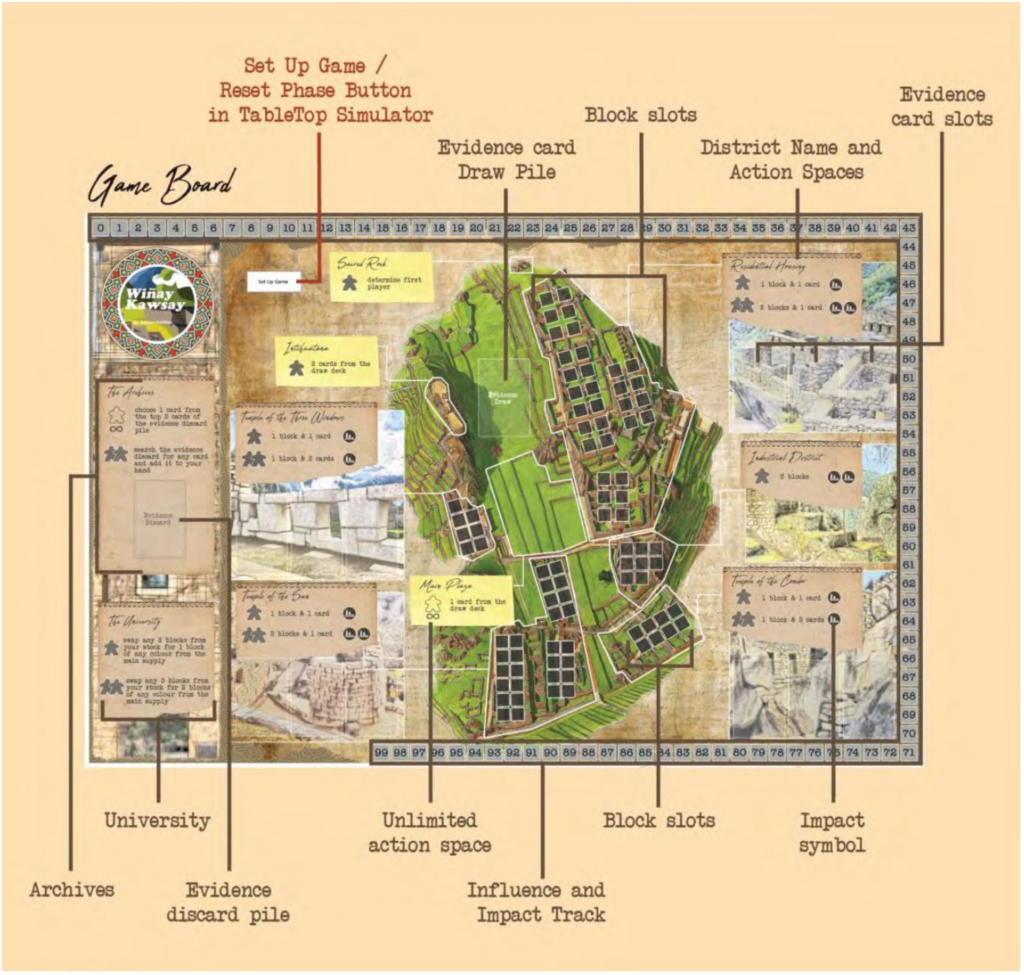The 2021 Zenobia Award over 11 months culled some 150 applications to 46 Proposals down to eight Finalists. A group of 14 Finals Judges played and ranked the eight Finalist prototypes. Zenobia Board and Judges then met and—after extended discussion and a close vote—selected these three winners.
We invite you to also view the announcement video: https://youtu.be/IvK6QpPi2D8
(Please note all art is prototype only)
Winner – 1st Place
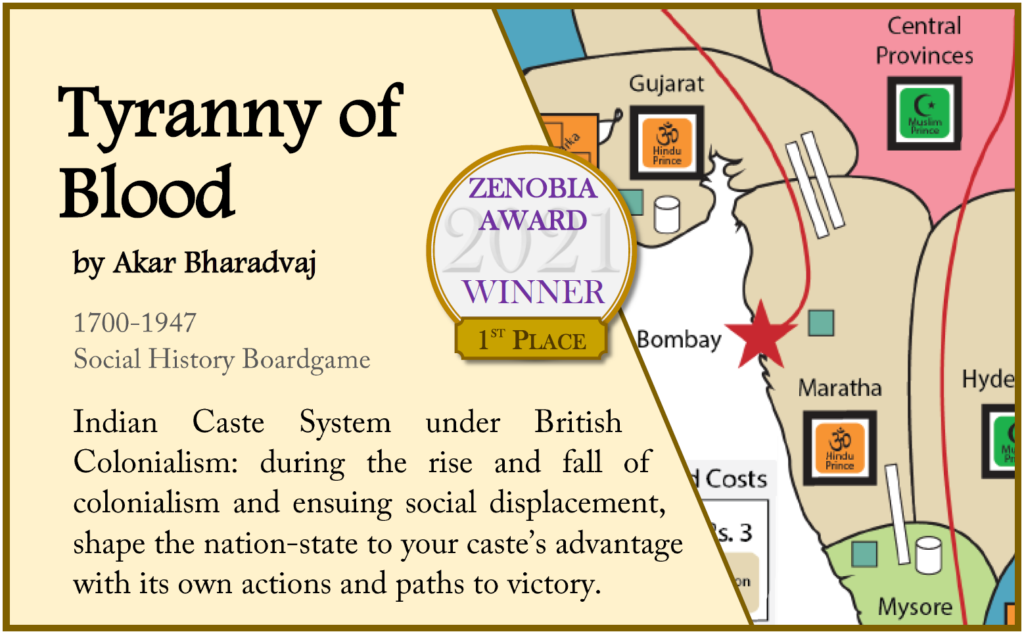
“This game was easily the most ambitious of any game I reviewed and likely was one of the most ambitious titles I’ve played in years. The design is far-ranging and well-executed with an incredible attention to historical details and a system-driven approach to working through big problems in design. It was frankly awe-inspiring when it came to both areas of historicity and originality”
– Finals Judge
“We felt this game used its theme in the best way, with lots of detail and focus on the historical aspects built into the mechanics. Also presented in a very clean and easily readable aesthetically pleasing colour coded way. The Caste system mechanics were fascinating and original in their competitive and yet cooperative nature and we enjoyed trying to outplay the AI colonialists as a team while also trying to play to our asymmetric objectives.”
– Finals Judge
From the Rulebook:
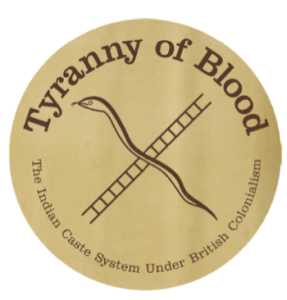
Tyranny of Blood is about a hierarchical system that has oppressed people throughout history and has lingering effects that continue to cause suffering today. The game is meant as a condemnation of the system and a method of understanding it, not an endorsement or celebration. I hope that learning about this history will inspire players to think critically about the inequalities that plague the world today, and to struggle against them. …
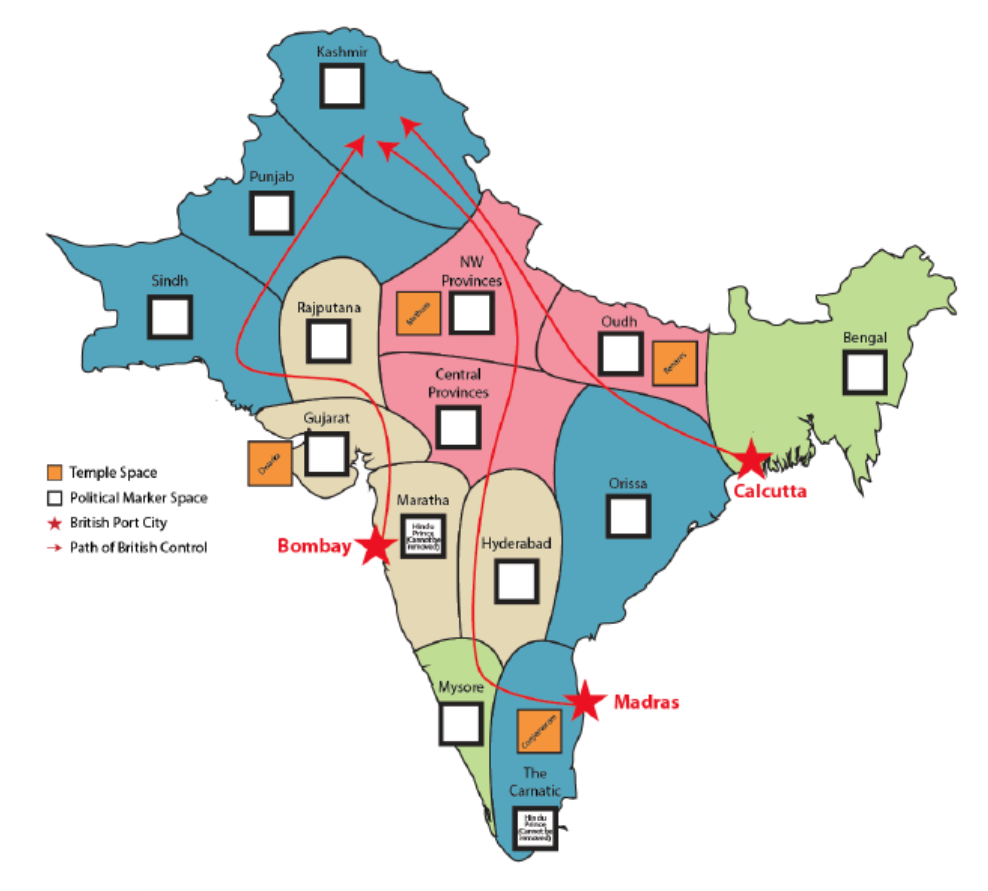
The broad institution of caste has underpinned Indian society for more than 3,000 years, but our current concept of “the caste system” is far more recent. European colonialism and the indigenous response to it precipitated a shift in caste from a somewhat fluid indigenous hierarchy to a strict, oppressive system that has dictated the lives of entire families simply due to an accident of birth.
Tyranny of Blood models the rise and fall of British colonialism in India from 1750 to around 1947, and the ensuing social displacement—in the religious, military, economic, and labor domains—that still resonate today. The game seeks to answer the lofty questions: how do classes with disparate bases of power work together in a society, how do they struggle against each other, and who are the victims of this process?
Each player plays one of the four major caste groups (Brahmin, Kshatriya, Vaishya, and Shudra/Dalit) with the end goal of shaping the coming independent Indian nation-state to support their interests. Each faction has its own role to play in the game and its own method of earning victory points based on its different goals.
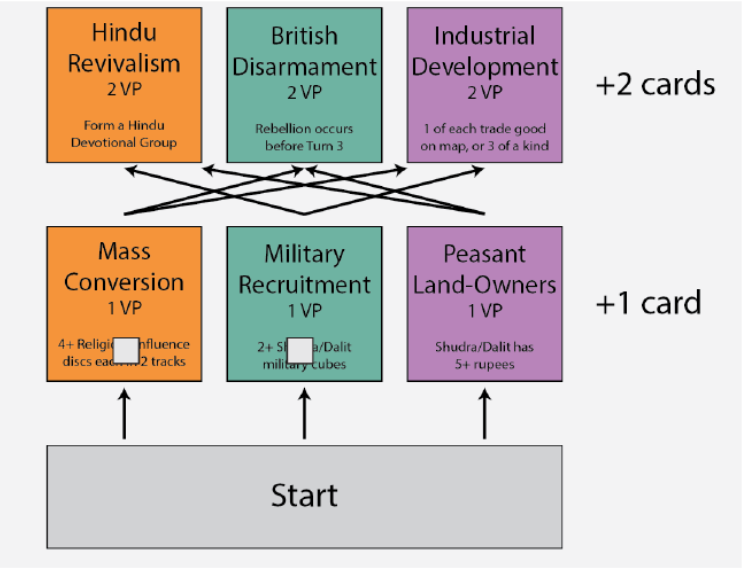
● The Brahmin player (priests and intellectuals, represented by saffron) uses religious authority to preserve Hindu influence, preserve the religious hierarchy, and support an intellectual basis for Indian independence.
● The Kshatriya player (warriors and kings, represented by green) uses political and martial power to build royal luxury and military prowess, commemorate the legacy of the princely era, and maintain a princely basis for power in an independent India.
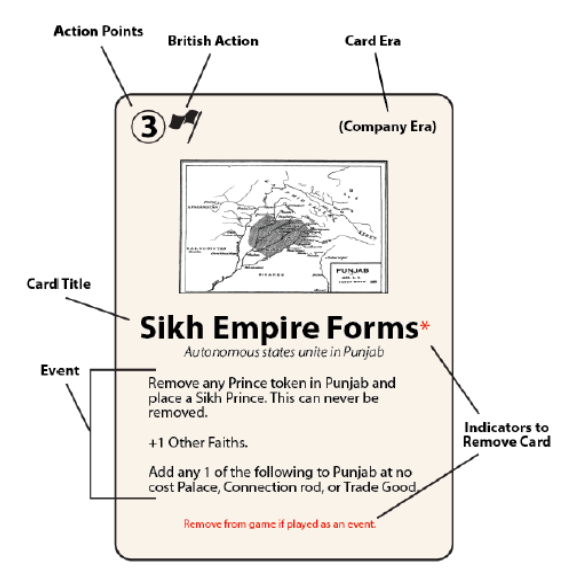
● The Vaishya player (merchants and artisans, represented by purple) uses economic strength to increase national wealth, translate wealth into prestige and religious “purity,” and support India’s development as an economic power.
● The Shudra/Dalit player (laborers and those barred from society, represented by grey) uses limited labor power to build caste consciousness by playing the other three castes off of eachother, and struggling to build a more egalitarian Indian nation-state.
In this game, the British are not a playable faction, but a non-player force that players will have to respond to, either by fighting against colonial forces, or working with them to oppose the other players.
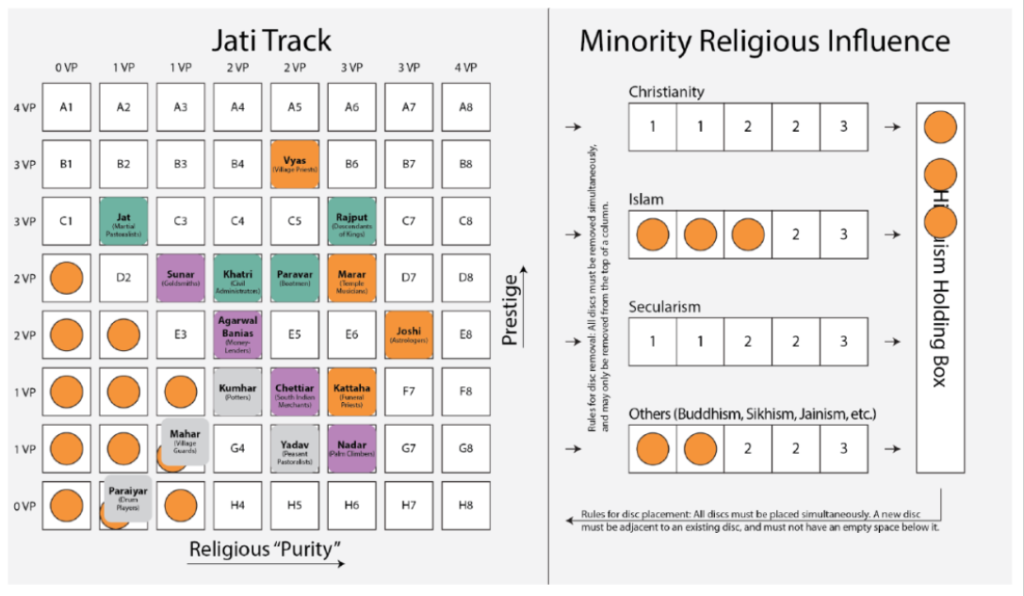
Winner – 2nd Place
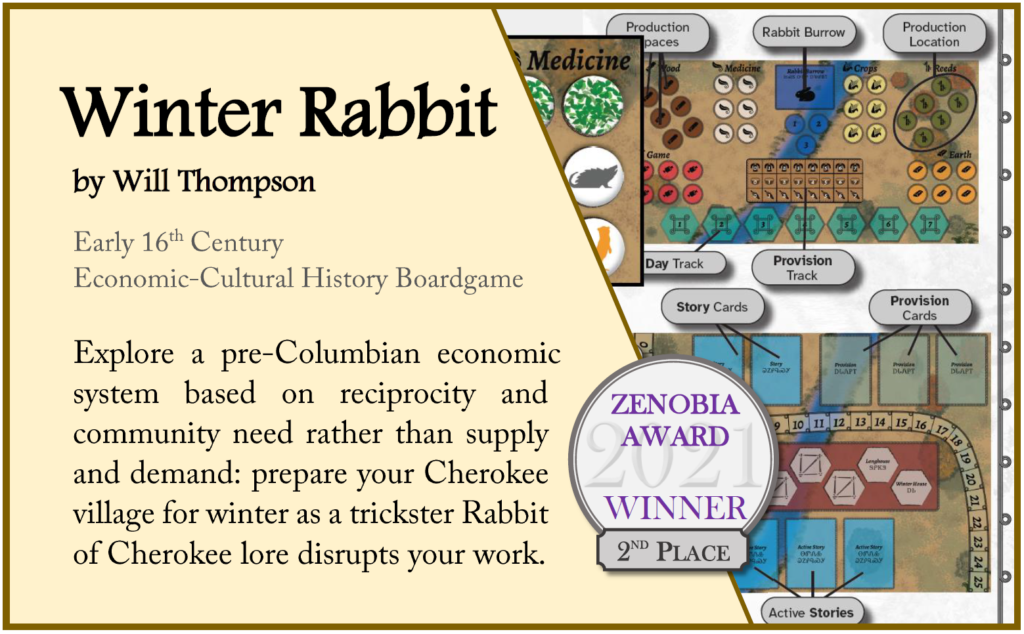
“Winter Rabbit and it’s concept of the 4C game (conservation, cultivation, continuation, and competition) is just so compelling and baked into every element of the mechanics. The game is focused on set collection and resource gathering, but with such a narrative angle that it makes the mechanics feel secondary to the story being told.”
– Finals Judge
“The design does an outstanding job of incorporating the historical setting into the mechanisms and gameplay, and it does so in an exciting and fresh way. Instead of concerning itself with history as I typically think of it, it uses the Cherokee concept of oral tradition to set the stage for the game. Game components feature rich narrative elements that further this integration.”
– Finals Judge
From the Rulebook:

In the world we’ve come to call the West, history is seen as a linear thing: events happen, someone writes them down — we interpret those texts to learn of the history; however, occasionally those texts are reinterpreted. For the indigenous people of this continent, the telling of history takes a slightly different form. …
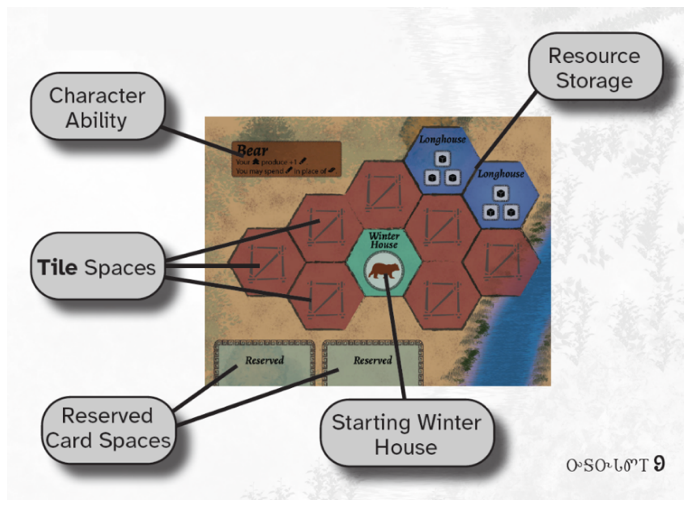
Thus, we see the Cherokee interpretation of history (one shared by many indigenous cultures), where the details of a story might be a vehicle made of “fiction” that delivers a deeper truth. … Games create deeper meaning in the experience of play than they ever could as simple artifacts on a shelf. The meaning emerges from the experience of the story. …
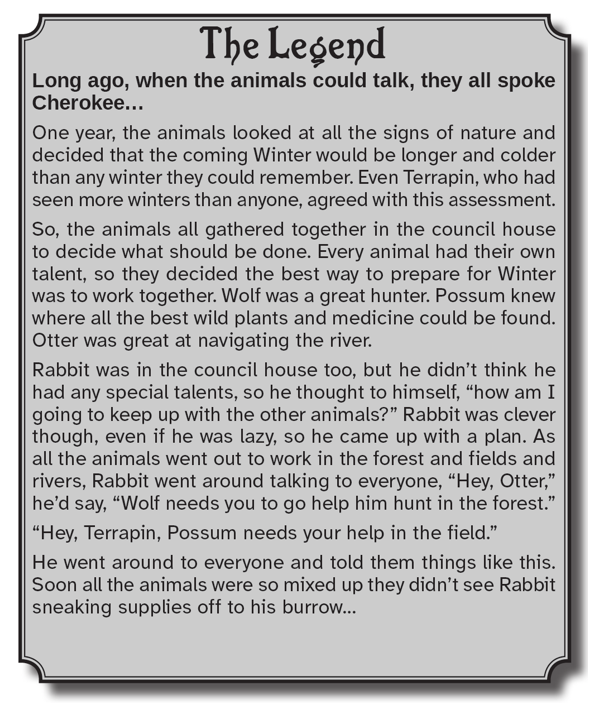
In this game, we are telling a version of that story of the Cherokee people settling in their new homeland. But we aren’t doing so in a literal sense, in the way the story is traditionally told. Instead, we are using the characters from Cherokee fables — Rabbit, Bear, Deer, and others — to convey how such a settlement may have come to be, reflecting Cherokee cultural values. … So, from here, I take the liberty to create a story with you. The story of Winter Rabbit, where the people prepare their village, far to the North of their ancestral home, and work together to ensure all have what they need. …
The goal of Winter Rabbit is to have the highest Wampum at the end of the game. The history and use of Wampum by the Cherokee and other tribes is complex. In this game, it represents each player’s contributions toward the goal of Winter preparation. You gain Wampum by completing Provisions and Stories. …
There are 6 production locations on the board (and the Rabbit Burrow). … When all the Open Spaces (those not covered with Conservation tokens) of a location are filled with Villagers, the location produces. … Clearing land is an option for gaining resources of a particular type after that resource location has already produced. … If a location produces and the Rabbit is revealed there, then no player gets to take resources. Instead, all resources generated in that area are placed in the Rabbit Burrow. …
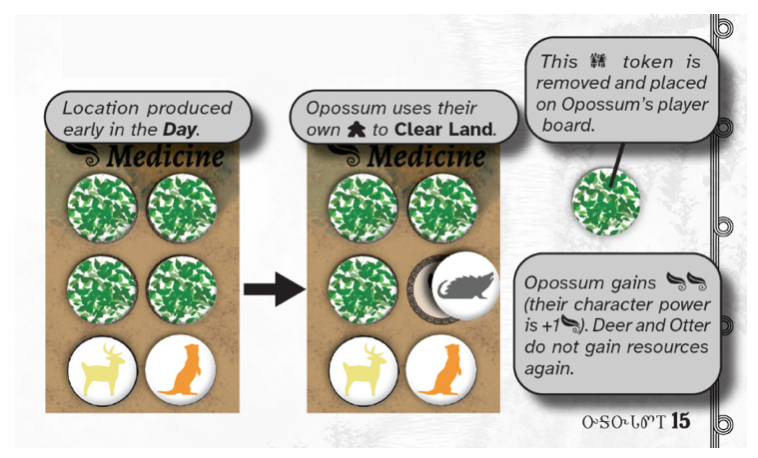
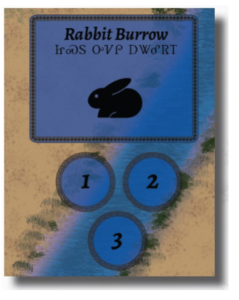
Winner – 3rd Place
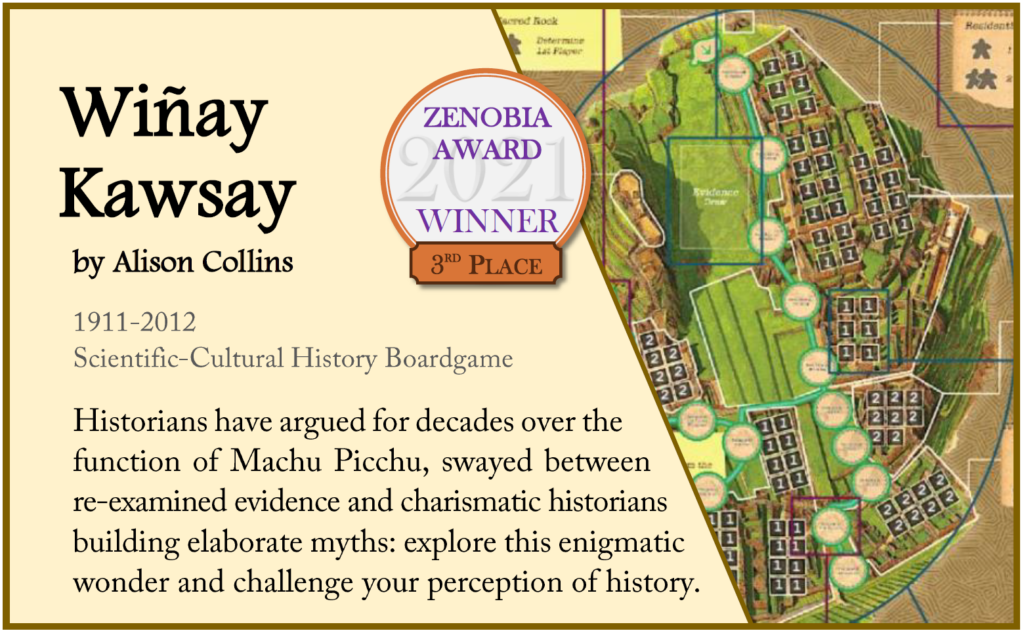
“Sophisticated rendering of an extraordinary game concept, a game model of how science and history are made in the real world, by ambitious and flawed humans following a well intended research and publication process. At once concrete and conceptual meanings of block and book colors are thought-provoking.”
– Finals Judge
“Beautifully presented game and one that offers more than a single view of the theme/setting but allows players to compete or cooperate over different levels of gameplay (interpretations, publishing and tenure, and ecological impact of research) which all inform and educate about the history of Machu Picchu. “
– Finals Judge
From the Rulebook:
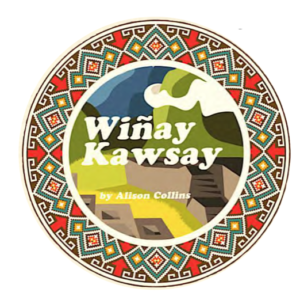
The site of Machu Picchu has captured the imagination of historians for over a century. However, despite years of seeking to understand its secrets, the functionality of Machu Picchu is still an enigma. Was it a lost city as stipulated by legendary explorer Hiram Bingham III? Or was it a royal estate? Perhaps a citadel? A religious site? Or maybe something else entirely?
It is up to you, my fellow historians, to explore the evidence found at Machu Picchu to argue for an interpretation of the functionality of the site. However, given the cutthroat nature of publish-or-perish academia, will you be able to succeed in dominating the academic and public perception of what Machu Picchu really was?
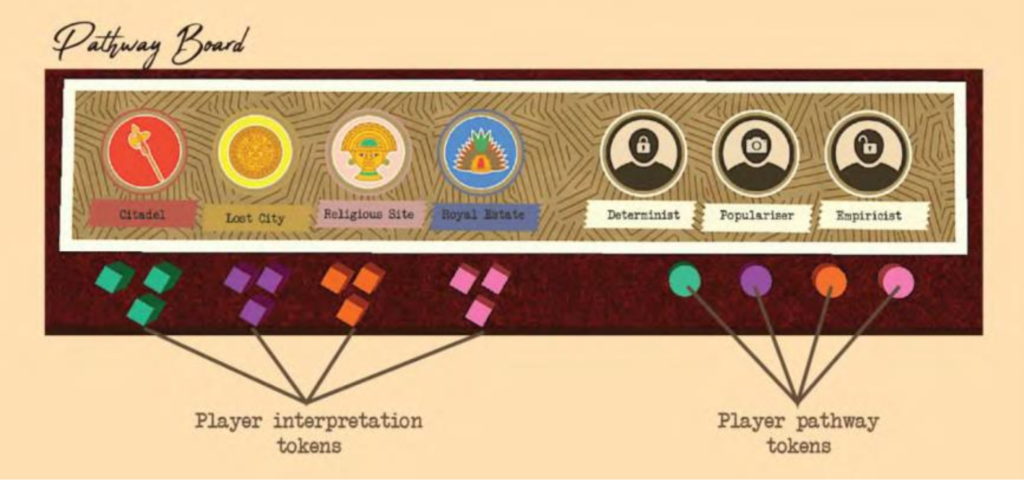
Wiñay Kawsay is a 2-4 player competitive board game … in which players are historians seeking to manipulate public perception of the functionality of Machu Picchu. Though largely a deck building game, Wiñay Kawsay also involves worker placement (these workers being three assistants and a Lead Researcher), management of two currencies (coloured blocks and Faction Tokens), and the deconstruction and rebuilding of a central block model of Machu Picchu, which represents the public perception of the functionality of the site.
The name Wiñay Kawsay means “history” in Kichwa, the language family of the Inca. However the word more literally translates to “always life”, reflecting the ever evolving and living nature of history and historical narratives.
